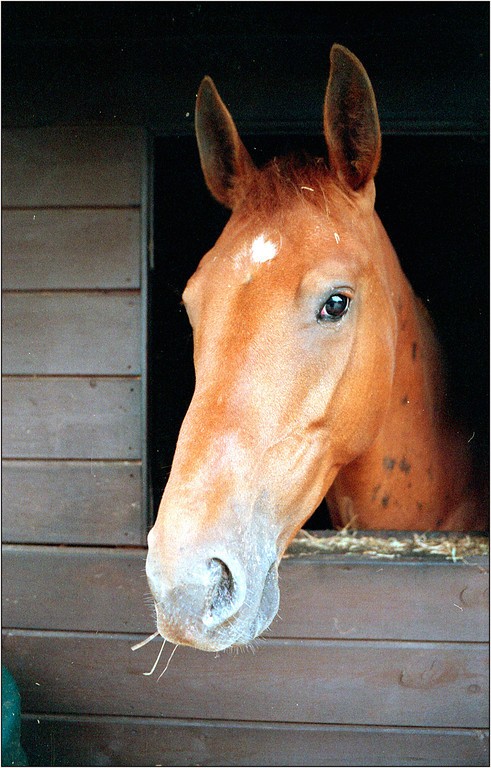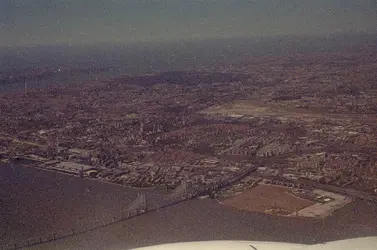- Joined
- Sep 2, 2003
- Messages
- 35,551
- Reaction score
- 8,509
- Location
- In the mental ward of this forum
- Can others edit my Photos
- Photos NOT OK to edit
- Admin 🛠️
- #16
i liked the wheelbarrow, have good colors with a good contrast.

I agree - there is something special about this wheelbarrow shot. One of those that makes you pause and enjoy!
















![[No title]](/data/xfmg/thumbnail/31/31738-a077d4eda797b023c93d1824b4f2ddb3.jpg?1734160456)


![[No title]](/data/xfmg/thumbnail/31/31740-83040d547efdbb1f87736f24d2e9985c.jpg?1734160457)







![[No title]](/data/xfmg/thumbnail/35/35946-771bfce9b2727c9126587d96c471da80.jpg?1734167737)